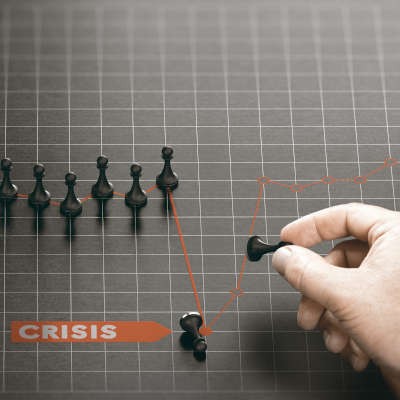Situations happen all the time to businesses that can really put a lot of stress on their ability to sustain operations. These situations don’t often remediate themselves. Simply put, every business needs a business continuity plan; and one-in-five don’t have one. This month, we thought we would break down a successful plan into its components to try to give businesses that may not have a plan, the basics needed to establish one.
Variables of a Successful Continuity Plan
Threat Identification/Remediation
Using what is called a threat matrix, you should work to Identify all the threats that could railroad your business. You will want to include any situation that could cause your business to stop. Examples can be as simple as a power outage to major calamities like a tornado ripping your building apart. Your business’ threat matrix should list threats (from most to least likely) and what your response would be to each.
Mission-Critical Processes
Each business has mission-critical processes that need to be working fluidly in order to do business as usual. These should all be found in a comprehensive continuity plan.
Chain of Command
Every business has a leader, management, and subordinates. Knowing who oversees what is crucial when looking to get your business back up and running after an event that knocks continuity out.
Evacuation Plan for Employee Safety
Your business’ continuity plan should outline a strategy to safely get your people out of harm’s way should some disaster strike your business.
Communication Hierarchy
If continuity is broken, people need to know about it. There should be a point of contact for every department on your staff, so that they can contact employees, vendors, and customers if the need arises.
Disaster Recovery
Clearly, you’ll need your data if you want your business to continue after an event. Having a disaster recovery plan that includes comprehensive data backup is a major part of getting your technology up and running, should something happen to your business’ information systems.
Inventory of Your IT Infrastructure
Concordantly, if a situation arises where your IT is knocked out, having an inventory of everything that you have can also be used to procure resources should you need to rebuild.
When Is It Over?
You will want to have a process in place that signals the end of an incident, and that all “I”s are dotted and “T”s are crossed. This will allow managers and employees to know that they can get back to business without worrying about residual negative circumstances.
There are no guarantees that the breach of your business’ continuity will have a happy ending. What is true is that with a dedicated plan in place, you will have a fighting chance. If you need help putting together the technology resources to support your disaster recovery initiatives, or if you would just like to discuss business continuity with one of our experts, give us a call at (305) 448-6126.

